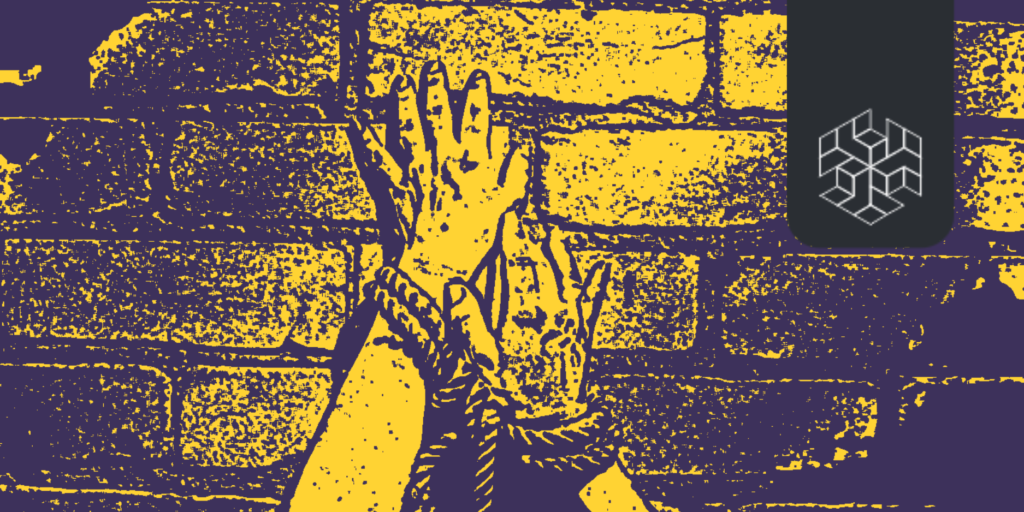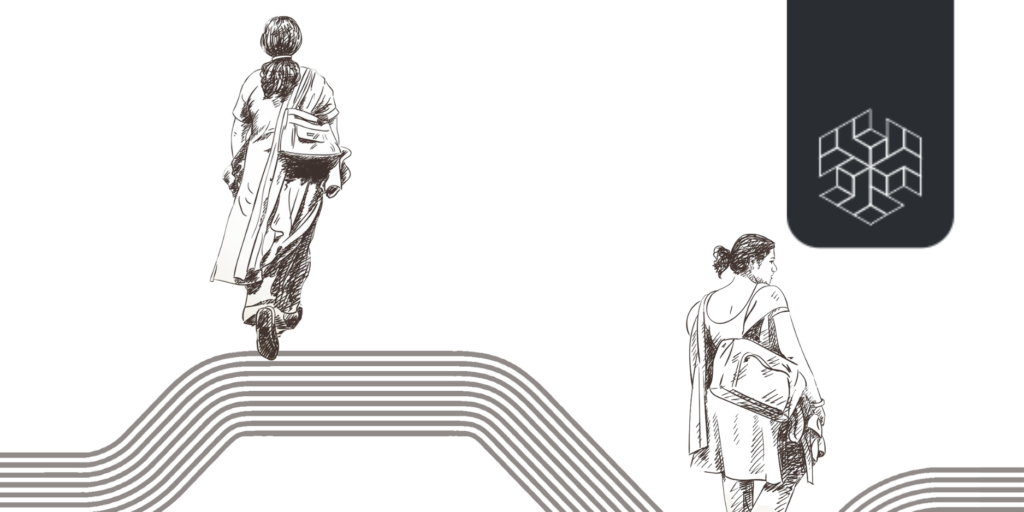Author: Ritwiz Sarma
ABSTRACT:
Language has a deep and well-documented relationship with culture. Therefore, its loss has significant implications for communities’ cultural heritage. This study attempts to analyse the cultural impact of language loss in Tai Khamti speakers, an endangered language community native to North-Eastern India. Primary data is collected to assess cultural markers relating to linguistic maintenance, indigenous knowledge and documentation, linguistic cultural markers, and narrative forms. The analysis of this data provides insight into culture loss through linguistic endangerment in North-Eastern India and the broader intersection of language and culture. Finally, the paper discusses the policy implications of the study.
INTRODUCTION:
Linguists estimate that around 7,000 languages are spoken globally (Austin & Sallabank, 2011). However, at least half of these may not exist after a few more generations since they are not taught to children. Such languages, at risk of extinction due to a lack of speakers, are called endangered languages. The Scheme for Protection and Preservation of Endangered Languages [SPPEL], launched by the Ministry of Education in 2013, listed 117 ones on the endangered list. Any language with less than 10,000 speakers qualified. Of the 117, 43 endangered belonged to the North-East India (SPPEL, n.d.).
With the 2003 UNESCO report postulating that language is “a vehicle of the intangible cultural heritage” (Smeets, 2004), the fact that 36% of North-Eastern languages are endangered offers an insight into the region’s culture. The deep and symbiotic relationship between the two is present in almost every sociolinguistic study of endangerment or policy (Abbi et al., 2007; Guardado, 2006; Padharipande, 2002; Tulloch, 2010). This connection thus introduces the idea of language loss being closely related to culture loss, often associated with “the decay of traditional cultural heritage, values, and artifacts” (Kirsch, 2001). Some, like Saydee (2014), assert that the loss of language is in itself culture loss.



